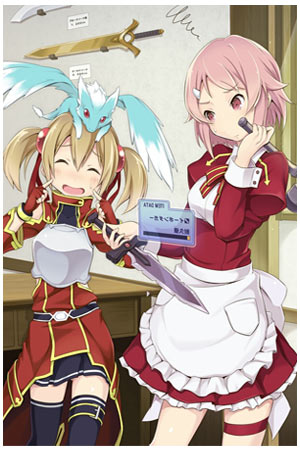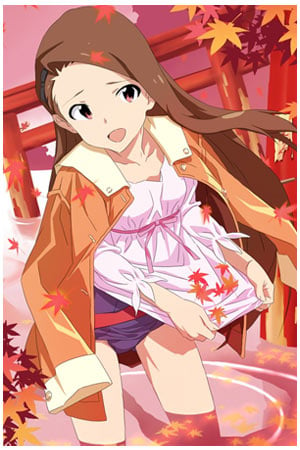After 4 years of language study at SDSU and nearly 23 years of living in Japan, I’m as bilingual as I’d ever need to be. Actually I’m less bilingual than I’ve been in the past in one regard, that of writing kanji, since in our modern era almost no one writes kanji characters by hand anymore, instead using pasocon and keitai (personal computers and cell phones). This leads to the loss of kanji writing ability, a problem that affects Japanese people, too, though happily reading of kanji is not affected. While I’m able to work with the Japanese staff, translate eroge and even manage contracts in Japanese, it can be surprisingly easy for me to find myself outside of my linguistic “comfort zone.” The other day my wife was telling me about the history of the area around J-List, saying that there used to be many 鍛冶屋 kajiya in the area. This word was unfamiliar to me, and it turned out to be “blacksmith,” a word I’d never happened to come across. I also had trouble when I went to the eye doctor a few weeks ago and found myself assaulted with vocabulary words for potential eye-related issues I’d never heard of in Japanese or in English.

I didn’t know the word “blacksmith” in Japanese.















